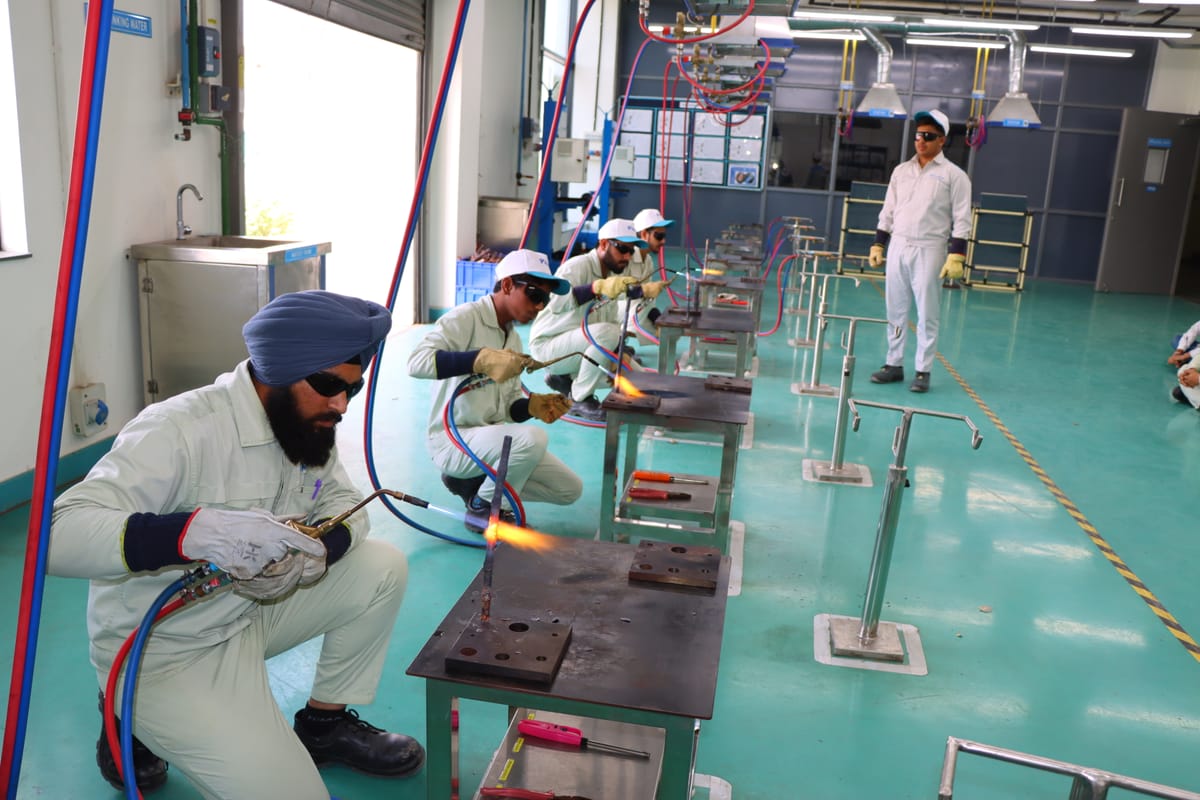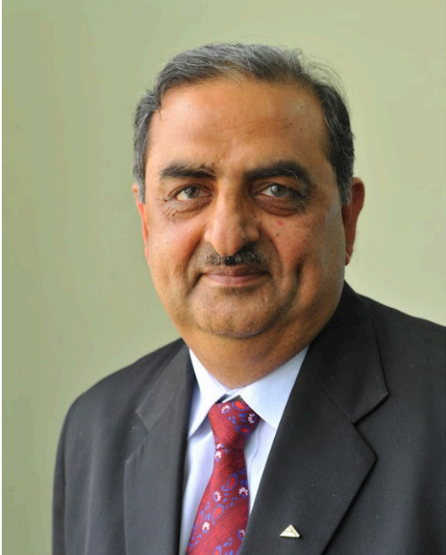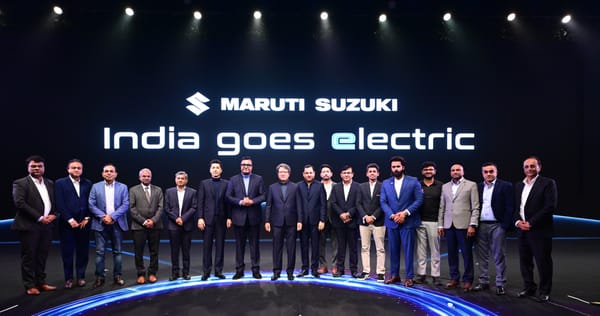Vocational Training v Traditional Education: What India Needs Today

When we think about education in India, the first image that often comes to mind is a traditional classroom filled with rows of desks, blackboards, textbooks, exams, and lectures. This system has defined the educational path of generations. For a long time, it was considered the most dependable and respectable route to professional success. Many of us have been raised to believe that if we study hard, pass our exams, and earn a college degree, we’ll secure a stable future. And for many, that formula has worked.
However, we’re now living in a different world, one that’s evolving at breakneck speed. The workplace of today is shaped by new technologies, digital tools, automation, and changing consumer needs. The very nature of jobs is transforming. In such a dynamic environment, employers are no longer content with just degrees. What they are truly looking for is the ability to perform for individuals who can apply what they’ve learned, solve real-world problems, and adapt on the job.
This fundamental change in expectation brings forth a very relevant question: Is traditional education enough to prepare the workforce of tomorrow? Or do we need to expand our approach to include something that’s often overlooked vocational training?
Traditional education has undoubtedly played a significant role in India’s growth story. It provides a strong foundation of knowledge, fosters analytical thinking, and introduces students to a broad spectrum of subjects. It helps shape perspectives, instills discipline through structured learning, and offers opportunities for higher studies. Degrees are important, especially in sectors like law, medicine, engineering, and business.
But here’s the challenge: while many students graduate with academic qualifications, a large number of them find themselves under-prepared for actual jobs. They have the knowledge, but not always the know-how. They’ve studied machines, but never operated one. They’ve written about logistics systems, but never seen a supply chain in action. The missing piece? Practical exposure.
This is where vocational training makes a powerful impact.
Vocational education is centered around hands-on learning. It focuses on teaching specific skills required for particular trades or industries be it electrical wiring, plumbing, refrigeration, machine maintenance, welding, or mechatronics. Instead of simply studying concepts, students get to apply them in real-time scenarios, often using industry-grade tools and technologies. This approach doesn’t just prepare people for jobs; it equips them with the competence to build meaningful careers.
And to be clear this isn’t about saying one path is better than the other. It’s not a competition between college degrees and vocational diplomas. The reality is, both are important, and the best outcomes occur when they complement one another.
India is one of the youngest nations in the world, with over 65% of its population under the age of 35. This demographic dividend gives us a remarkable advantage but only if we channel it effectively. Millions of young people are entering the workforce each year, full of potential. However, many of them face a mismatch between what they’ve learned in school and what the job market demands. There is a skills gap and it’s a serious one.
Vocational training can help bridge that gap by building a direct connection between learning and doing. It ensures that young people are not just educated, but job-ready from the very first day they enter a professional setting. In fast-growing sectors like HVAC (Heating, Ventilation, and Air Conditioning), manufacturing, logistics, renewable energy, and electronics, the need for skilled workers is increasing rapidly. And yet, employers routinely report difficulty in finding candidates with the right technical abilities.
Instead of viewing this as a crisis, we can see it as an opportunity to realign our education system with the real needs of industry and society. In fact, we must see it as a national priority, because the future of our economic resilience and competitiveness depends on how we prepare our workforce today.
One of the most valuable aspects of vocational training is the life experience it brings. Students in these programs don’t just learn how to use tools or fix equipment. They learn discipline. They learn how to show up on time, follow safety guidelines, communicate with customers, and work in teams. They learn how to handle workplace challenges, delays, defects, pressure, and responsibility. These are critical life skills that serve them well far beyond their technical roles.
What’s more, vocational training instills a strong sense of self-worth. There is immense pride in being able to do a job with your hands whether that means installing a cooling system, repairing an engine, or welding a perfect joint. There’s confidence in knowing that your skill makes a difference that you’re not just part of the system, but essential to it.
Unfortunately, for far too long, vocational careers have been seen as second-tier options. There’s a social bias that views skill-based work as inferior to white-collar jobs. This perception needs to change. Take a walk through any urban center or rural town and you’ll see exactly who keeps our lives running smoothly. It’s the electricians, mechanics, technicians, and operators. It’s the skilled workers who maintain our buildings, machines, and services. These are not fallback roles, they are foundational ones. Without them, no industry can function.
We must change the narrative and recognize that being skilled is not a compromise, it's a strength.
Rather than viewing traditional education and vocational training as separate paths, we need to bring them together. The evolving world of work demands individuals who can both conceptualize and implement those who are not only thinkers but also skilled doers. Picture an education system where an engineering student also gains practical certification in industrial automation, or a hospitality graduate complements their degree with real-world experience in refrigeration services. These blended learning journeys not only improve job readiness but also pave the way for entrepreneurial ventures.
In fact, many skilled workers go on to become independent professionals or business owners. A trained HVAC technician might start their own service company. A mechatronics expert could become a workshop owner. Vocational training creates not just workers but creators and contributors to the economy.
Fortunately, momentum is building in the right direction. Government-led initiatives like Skill India, PMKVY (Pradhan Mantri Kaushal Vikas Yojana), and the National Skill Development Corporation (NSDC) are laying the foundation for robust skill ecosystems. Several state governments are also aligning their policies with skilling goals, setting up technical training institutes and public-private partnerships to scale access.
What’s inspiring is the way some of these programs are integrating digital tools using AR/VR for simulations, AI for personalized training paths, and mobile platforms to bring learning to remote areas. These innovations are making vocational education more engaging, accessible, and effective. With increased investment in infrastructure, tools, and trainer quality, vocational training is no longer a fallback, it's a forward leap.
One model that stands out globally is Japan’s. Japan’s approach to vocational education is deeply influenced by its cultural values of meticulousness, commitment, and respect for craftsmanship. Training programs don’t just focus on output they emphasize quality, attention to detail, safety, and a respect for the craft. Workers are taught to see their role not as just a job, but as a contribution to society. This culture has helped Japan achieve high standards of workmanship and reliability. By learning from such systems and adapting them to Indian needs, we can create training programs that foster excellence from the start.
It’s also important to involve industry at every stage. The private sector must play a leading role in shaping curriculum, offering apprenticeships, mentoring students, and even hiring from training institutes. When companies invest in vocational training, they don’t just gain skilled employees, they shape professionals who understand their systems, values, and standards from day one.
Looking ahead, we must work towards a future where every young Indian whether in a metro city or a remote village has access to multiple learning pathways. A future where choosing a vocational path is not seen as “settling” but as seizing an opportunity. Where schools introduce skill-based learning early on. Where employers reward practical ability just as much as theoretical knowledge. And where every student can say with pride: “I’m trained. I’m skilled. I’m ready.”
Because ultimately, this isn’t just about employment it’s about empowerment.
India has everything it needs to rise as a global leader: a dynamic youth population, emerging industries, and a growing demand for innovation and services. But to get there, we must connect the dots between education and employment, skill and success, learning and livelihood.
Vocational training is not an alternative to traditional education. It’s an essential partner in shaping a stronger, more inclusive, and future-ready India.
Let’s stop asking which is better and start asking how both can work better together. When we value the balance of head and hand, theory and practice, knowledge and application, we give our next generation the tools not just to succeed but to thrive.
This shift requires not only institutional reform but also a cultural one. Parents, teachers, policymakers, and employers must unite in making skill development a proud aspiration, not a reluctant backup. It’s time we elevate the dignity of labour and build a future where every job, every talent, and every skill is recognized, respected, and rewarded.
That is the India we must strive for skilled, empowered, and unstoppable.

Mr. Kanwal Jeet Jawa is a respected leader in the HVAC industry,
known for playing a key role in Daikin’s remarkable growth story in
India. With decades of experience behind him, he brings a unique
blend of strategic vision and hands-on leadership to everything he
undertakes. As President of the Daikin-supported DESDS (DJIME), Mr. Jawa is passionate about creating a strong skill development ecosystem that aligns with the Government of India’s “Skill India” mission.




